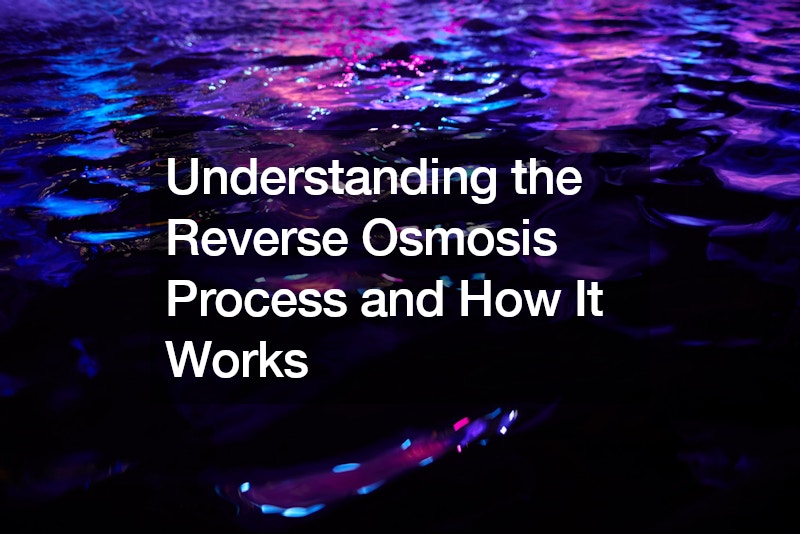

Understanding the reverse osmosis (RO) process is crucial for grasping how commercial reverse osmosis water systems effectively purify water. RO is a filtration method that removes contaminants from water by applying pressure to force water molecules through a semipermeable membrane.
This membrane allows only pure water molecules to pass through, effectively filtering out impurities such as salts, minerals, and other contaminants. Commercial reverse osmosis water systems utilize this principle on a larger scale to produce high-quality, purified water suitable for various applications, from drinking water to industrial processes.
In a commercial setting, reverse osmosis systems consist of multiple stages designed to enhance water purification. Initially, water undergoes pre-filtration to remove larger particles and sediment. Then, it enters the RO membrane where high pressure is applied to separate pure water from dissolved solids and contaminants. This process ensures that the water produced meets stringent quality standards required for commercial use. Whether it’s in manufacturing, food and beverage production, or pharmaceutical applications, commercial reverse osmosis water systems provide a reliable method for ensuring water purity and consistency, contributing to the safety and quality of end products. Understanding how commercial reverse osmosis water systems work empowers businesses to make informed decisions about their water treatment needs, ensuring efficiency, reliability, and compliance with regulatory standards for water quality.
.








